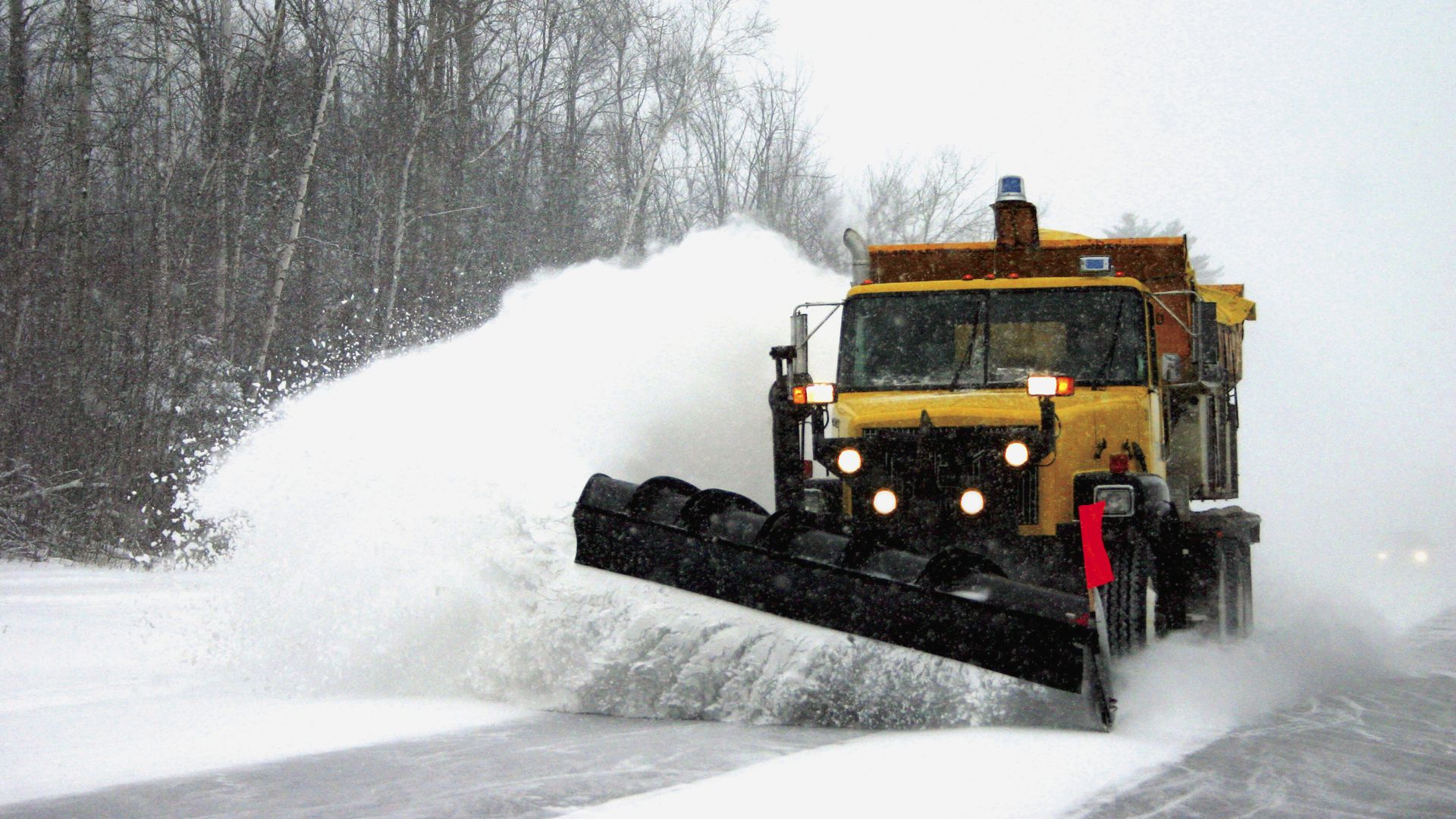Snowplow crews in Johnson County still not fully staffed

File photo
BUFFALO — Wyoming Department of Transportation snowplow crews in Johnson County aren’t fully staffed for winter yet, but after several consecutive years of staffing challenges, crew leaders are feeling confident.
Plow crews throughout the state have been short staffed for many years, but the numbers this year have left WYDOT’s deputy public affairs officer Jordan Young “very encouraged.”
Young said the department worked with the Wyoming Legislature and Gov. Mark Gordon to increase the base pay for plow operators to $20.66 an hour in 2023, and that has helped with staffing.
Even so, crews in Johnson County were fully staffed this time last year but aren’t there yet.
This winter may be a tough one as climate predictions show this could be a particularly snowy winter for Wyoming. The National Oceanic and Atmospheric Administration released its prediction in October that it may be a La Niña winter, meaning warmer, drier weather for the southern U.S. and wetter, colder conditions in the northern U.S.
Southern Johnson County will benefit from an experienced snowplow crew this year, said Ryan Schmitt, WYDOT’s foreman in Kaycee. That will be a huge help when dealing with unexpected conditions.
“It goes a long way,” Schmitt said. “... It’s just a lifesaver when you’re going into winter. Every winter, every storm, is different.”
The crew has five out of six plowing positions filled, Schmitt said last week.
In northern Johnson County, the crew is down two out of 15 crewmembers. Overall, for the Buffalo, Pole Creek, Burgess Junction and Sheridan area, there are four out of 31 positions still unfilled, according to WYDOT’s area maintenance manager for the region, Dustin Hockett. Most members of the crew are still within their first two years of plowing, he said, so there will be a lot of training and refreshers as the crew prepares for winter.
Staffing shortages are evenly spread throughout the state, Young said, but the department is good at sharing plows and crews between regions, based on need. For example, if Campbell County is hit with the brunt of a snowstorm, plow operators from Johnson and Sheridan counties may step up to help.
“It’s pretty rare that the whole state gets impacted,” she said.
Another challenge WYDOT has faced over the past several years has been with the plows themselves. Supply chain shortages, mechanic shop staffing shortages and an increase in plow accidents following COVID-19 have meant some plows have been stuck in the shop when weather hits, as opposed to plowing the roads.
According to previous Bulletin reporting, WYDOT averaged about eight vehicle-plow accidents per season in winters spanning 2014 to 2019.
Since the 2019-20 winter season, however, the department saw an average of 23 snowplows involved in an accident each winter. That was until last winter when the number of plow-involved accidents dropped to 13, according to Young.
Plow-vehicle accidents often result from vehicles rear-ending or sideswiping plows, Young said. When plows are working, they can often create a snow cloud behind them, making them less visible.
“It can be hard to see the plows, especially if you’re going too fast for conditions,” she said.
Her best advice is to drive based on weather conditions and to only pass if the left-hand side plow wing is visible.
Schmitt, who plows in addition to serving as foreman, said he has been hit before.
“When we have a big major storm and there’s a lot of equipment damaged, it’s tough because the mechanics are overloaded and it’s slow getting parts in,” he said.
Hockett said the department for northern Johnson County has added green lights to the back of plows to improve their visibility, which may help lower the number of accidents further.
“There is always something happening,” Hockett said. “It’s a pretty hard life for a plow truck.”
While WYDOT is optimistic about staffing and plows for this winter, the agency still maintains a Snowplow Priority Plan, which outlines which roads are prioritized for plowing based on usage rates.
Buffalo is at the junction of Interstates 25 and 90, which snowplows will patrol up to 20 hours a day to keep roads safe, according to the plan.
Other roads in Johnson County aren’t as high a priority. For example, U.S. Highway 16 and U.S. Highway 194 will be maintained for 16 hours a day and highways 190, 191, 192 and 196 will only receive care during daylight hours.
The full plan is available by clicking the link on the right hand navigation bar on WYDOT’s winter page at www.dot. state.wy.us/home/travel/winter.
This story was published on November 14, 2024.






